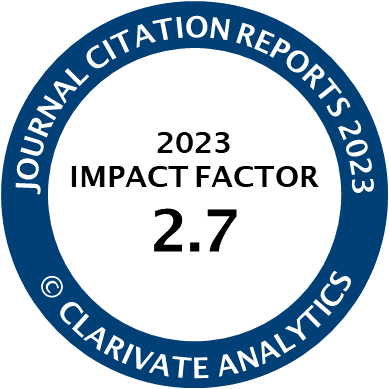Review | Open Access
FABLE: A New Horizon in Digital Learning and Serious Game Design
| Views: | 1065 | | | Downloads: | 685 |
Abstract: Serious games have stood out as a new pedagogical format capable of motivating students through interactive learning. The lack of standards in the conception of these video games has led to the creation of different models, where the ludic aspects often prevail over the educational ones. This research analyzes the models present in the literature to identify those key elements in the design of serious games and to determine the presence of ludic-pedagogical elements. A systematic review is carried out following the PRISMA (Preferred Reporting Items for Systematic Reviews and Meta-Analyses) statement to identify the existing models for creating serious games. A qualitative analysis of the selected models is carried out to extract the key elements that should be present when creating a guide for designing serious games and to evaluate a ludic-pedagogical approach. Finally, a directed content analysis is performed to evaluate the presence of ludic-pedagogical elements in the selected models. The results show a lack of attention paid to the elements of the pedagogical dimension of the game in the studies reviewed. Other elements, such as the format or the audience, are not specified, and most models prove incomplete. From this study emerges FABLE (Fun And Balanced Learning Experience), a model that incorporates both the playful and pedagogical dimensions of the serious game.
Keywords: educational technology; game-based learning; ICT; interactive learning; serious games; video games
Published:
© Salvador Reyes-de-Cózar, Alba Merino-Cajaraville. This is an open access article distributed under the terms of the Creative Commons Attribution 4.0 license (http://creativecommons.org/licenses/by/4.0), which permits any use, distribution, and reproduction of the work without further permission provided the original author(s) and source are credited.




